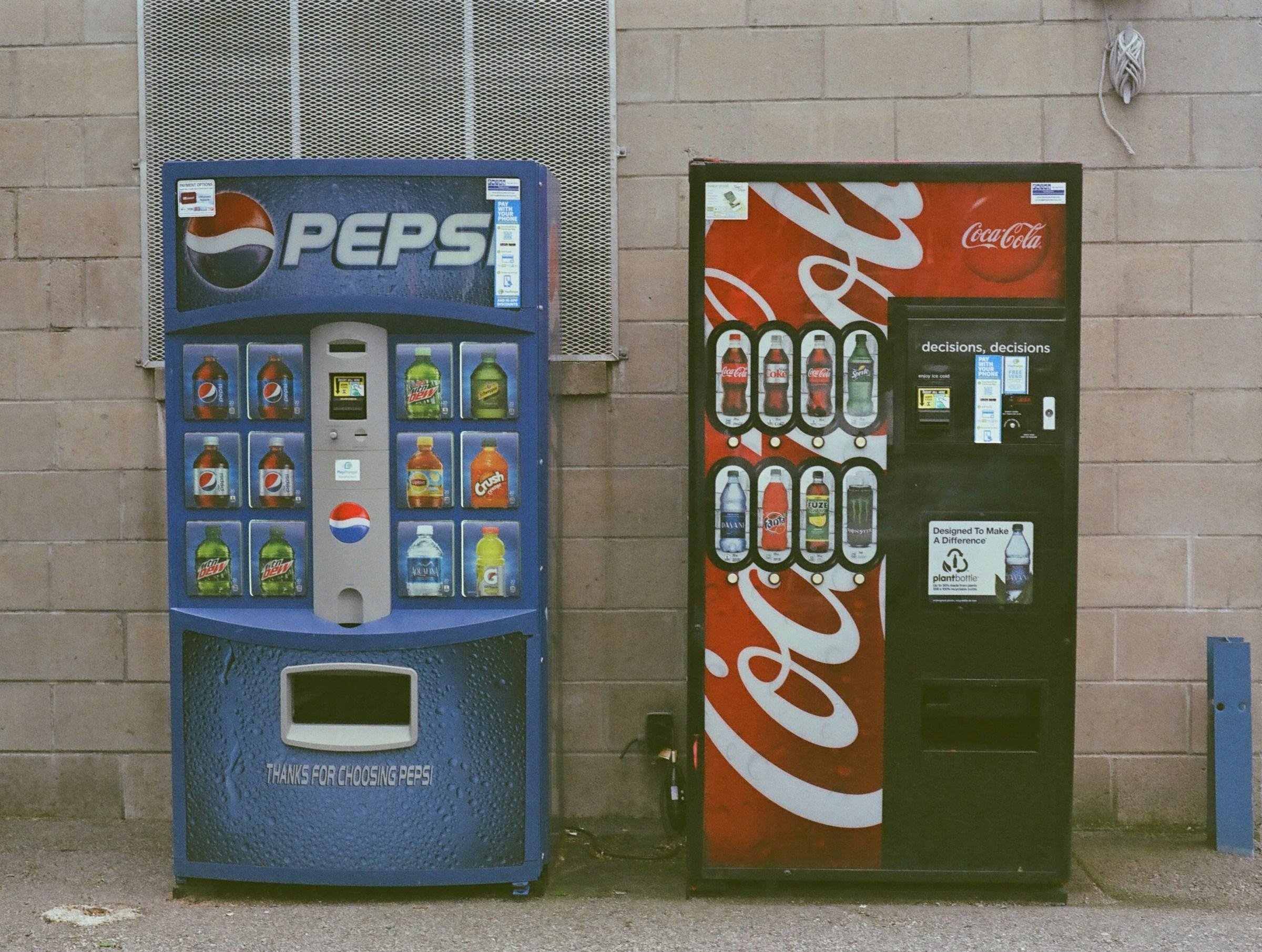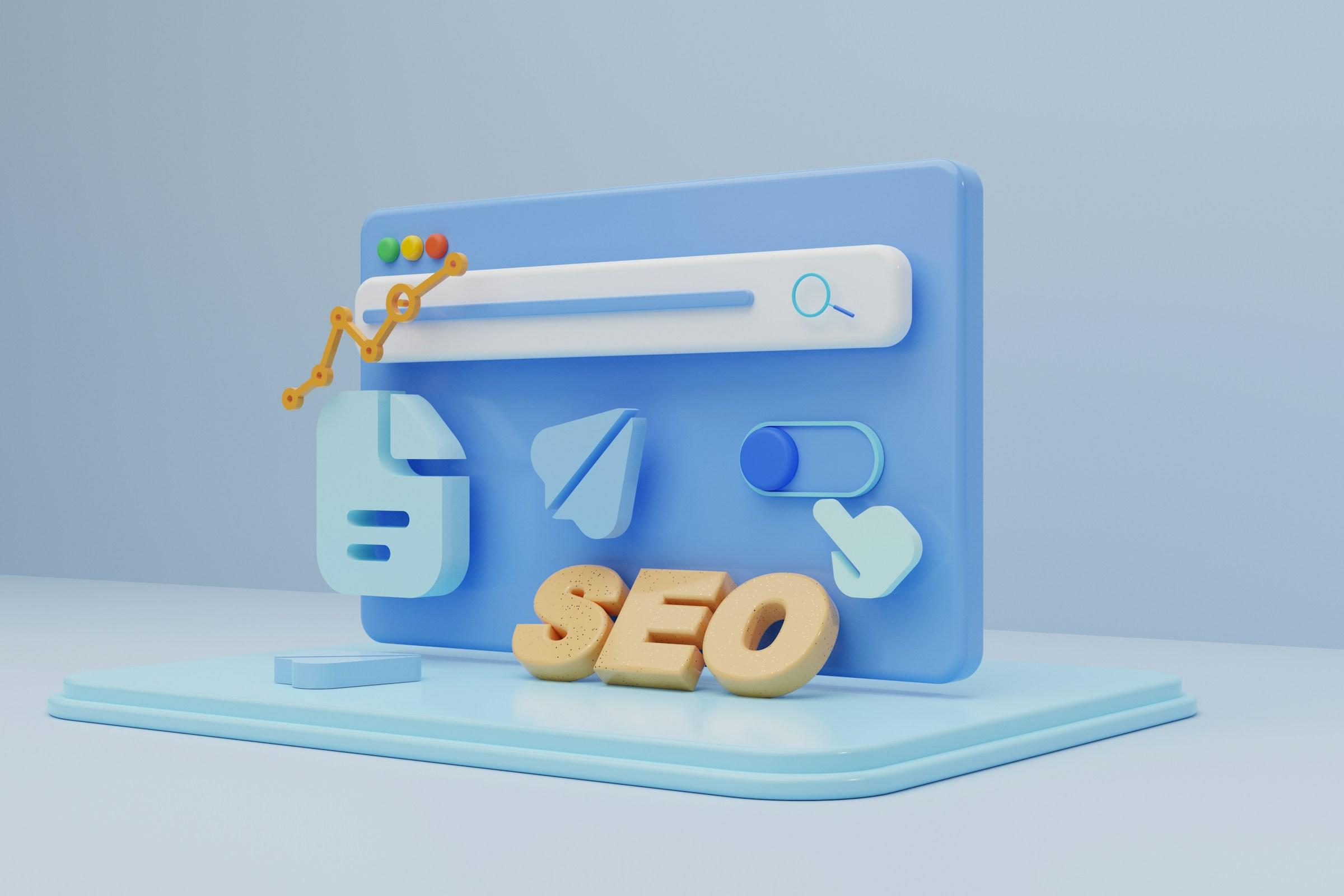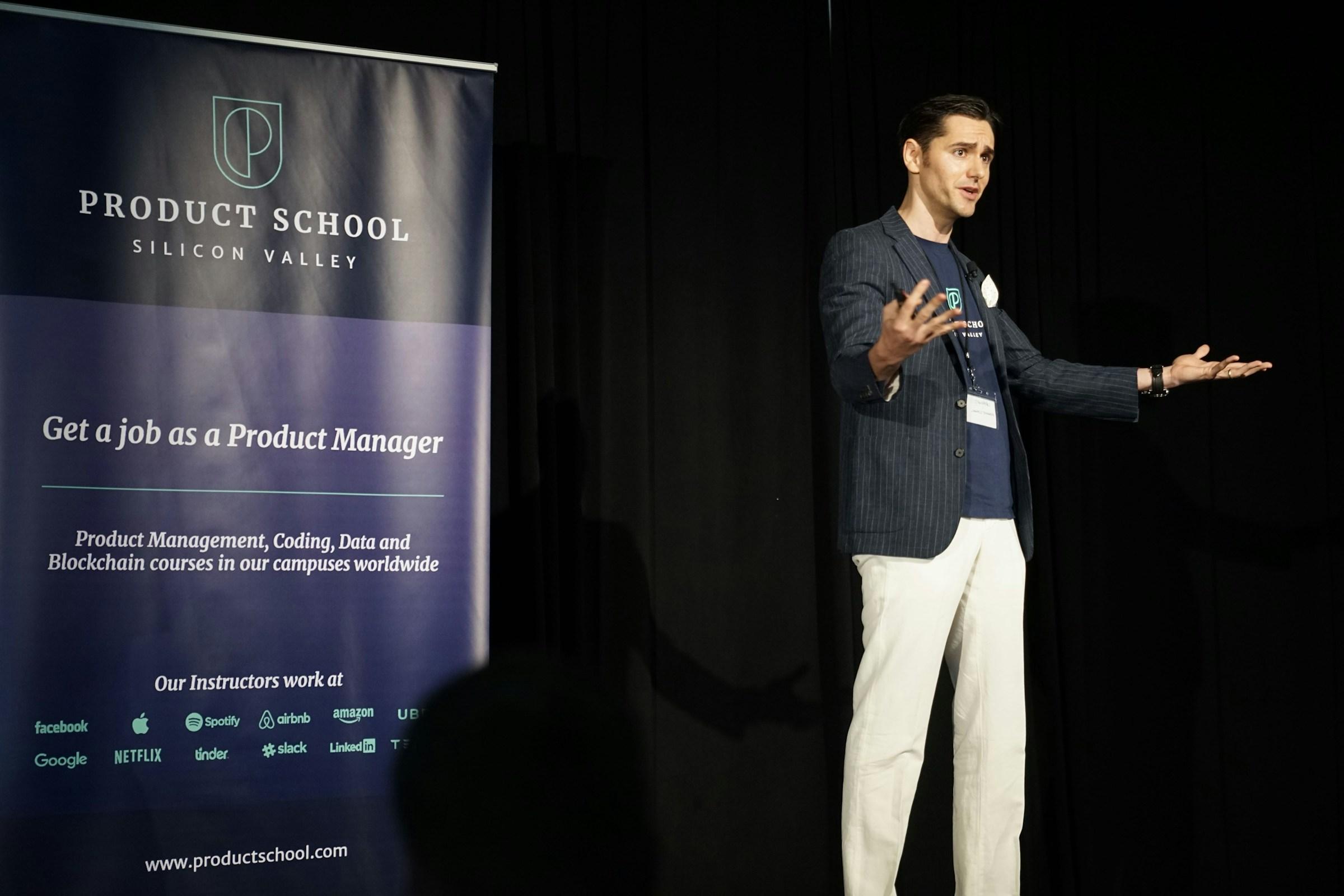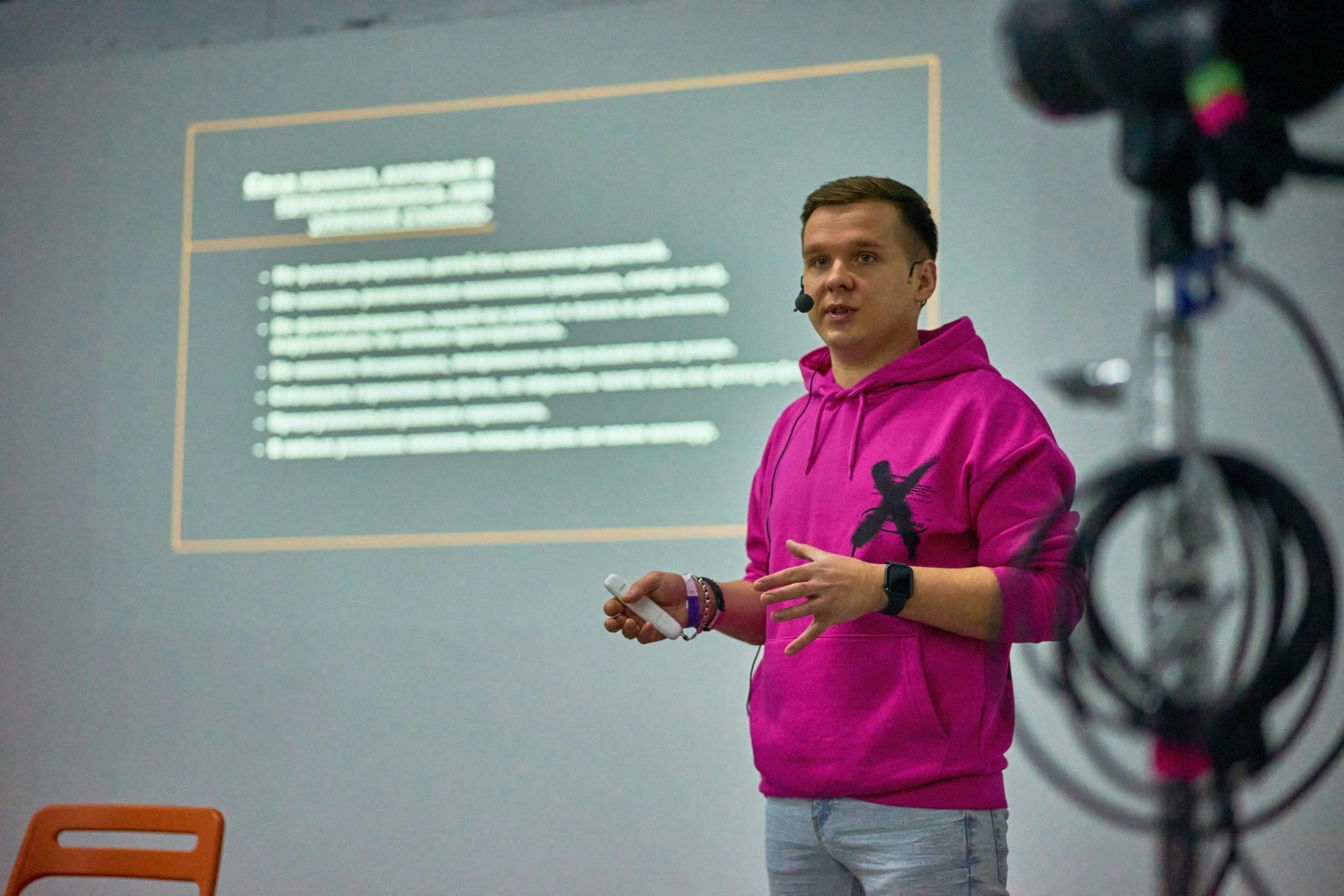Rivalry in business is often described as a storm that founders must endure. My experience tells a different story. Competition is not a weather event that passes on its own. It is a mirror that shows you what is real inside your company. When a credible rival appears, you discover whether your pitch, your product, and your operating system are aligned. You find out which promises you can deliver on schedule and which ones collapse the moment a buyer compares you with a serious alternative. Treated in the right way, rivalry becomes a forcing function that sharpens judgment, cleans up sloppy processes, and builds the kind of discipline that compounds across years.
Early stage leaders often respond to a rival by copying visible features and cutting price. The move feels logical in the moment. It is also a reliable way to burn cash, exhaust teams, and train customers to wait for discounts. The real risk is not the rival’s speed or their headline. The real risk is your own confusion about what work creates repeat value for your best users. A competitor does not invent this confusion. They expose it. If your deck says you win on speed but your onboarding is creeping past three minutes, a rival will turn that lag into churn. If your story claims sticky network effects but your top cohort stops repeating the core action after an internal design change, a rival will make that weakness visible with a single polished launch. The lesson is to convert pressure into process. You do not need louder marketing. You need an operating rhythm that turns competitive tension into better sequencing and clearer decisions.
Most breakdowns begin with incentives. In a rivalry season, leaders ask teams to do more. The fixation is on activity rather than on the specific work that improves time to value for the right buyer. Product gets a bloated roadmap to close gaps. Marketing spins up channels that were already hard to measure. Sales protects accounts with blanket discounts. Everyone is busy. Almost no one is accountable for the outcome that matters most, which is whether the customer reaches repeat value without heroics. Misaligned incentives feed the next failure, which is the selection of vanity metrics. A nice bump in signups looks like progress until you look at payback for the cohort that landed two quarters ago. Revenue growth looks healthy until you notice gross margin sliding because the price cut you used to win a headline increased refunds and support costs. Rivalry makes shortcuts tempting. It also makes them expensive.
The third failure is one of sequence. You can out ship a competitor on a narrow surface for a sprint. You cannot out ship them on every front for very long. Trying to defend everything at once spreads engineering thin, turns QA into a hope, and leaves product marketing explaining features that should have been killed during discovery. A rival is not beaten by volume. A rival is beaten by the right bets in the right order, and by the courage to kill the wrong ones fast.
Handled with care, competition gives you leverage across the value chain. Product teams stop arguing from opinion and let the market decide. Experiments become smaller and clearer, with explicit test criteria and a kill switch. Designers tighten focus on the one job that justifies friction rather than attempting to please every persona. Engineering shifts from patch speed to release reliability, because nothing erodes trust like a rushed hotfix on a noisy day. You do not win because you move first. You win because you move cleanly, you measure what matters, and you retire ideas that do not hold.
Pricing clarity is another gift that rivalry delivers when you listen. In quiet markets, price turns into a brand decision. In active markets, price becomes proof. A serious rival will punish any gap between value delivered and value captured. The answer is not a permanent discount. The answer is a price architecture that matches outcomes. Annual plans for teams that prize predictability. Usage metering for power users who scale. Clear off ramps when the fit disappears. Every tier needs a story that a buyer can explain to their boss in one sentence. When your price and your promise are coherent, a rival’s coupon code loses power quickly.
Competition also accelerates talent density. High performers want to play where the scoreboard is real. A living rival creates that condition. You discover who ships, who shields, and who avoids ownership. You learn which managers clear blockers and which ones hide behind slides. Promotion becomes a direct function of contribution rather than theater. Hiring changes as well. You stop paying for senior titles to compensate for fuzzy process. You define the work, identify the bottleneck, then hire for that bottleneck. Rivalry makes that level of clarity feel urgent rather than optional.
Customer truth becomes easier to separate from noise once a rival starts to poach accounts. In a calm market, the loudest customers shape your backlog. In a competitive market, churn risk clusters in patterns that force better diagnosis. If you are losing deals on speed, the fix may not be a shiny feature. The fix may be a cleaner path to first value. If poaching happens inside a single use case, you might need a simpler bundle for the majority rather than another advanced toggle for the few. Rivalry rewards teams that fix sequence and remove friction. It punishes teams that add surface area to look busy.
Turning pressure into process requires a specific commitment. Pick a single rival and a single edge. Choose the competitor who steals your best users, not the one who fills your feed. Name the one edge you can build within ninety days without breaking your delivery. It might be faster activation for a defined segment, a simpler plan that solves one complete job, or a published reliability commitment that reduces perceived risk. Commit to that edge and stop pretending you can defend ten others. Redesign your weekly operating rhythm around repeat value creation. Product reviews should answer three questions. What user outcome did we ship last week. What did the data reveal about time to value for the intended buyer. What do we retire or change this week because the data did not hold. If your ritual does not force those answers, it will not protect you when the next launch from your rival hits social.
Metrics need to punish theater. Define activation as a repeat of the core action within a window that matches your use case, not as any click in a tour. Tie demo goals to the share of demos that convert to standard price within thirty days. Reward clean expansion without custom promises that explode service cost later. If a discount type lowers lifetime contribution below your floor, remove that tool from the playbook. The goal is not to eliminate flexibility. The goal is to prevent fear from rewriting your rules during loud weeks.
You will also need kill rules that live in public. Rivalry invites overbuilding by creating an emotional need to look strong. Counter that with pre committed thresholds. If a feature does not hit an adoption target by a date you declare upfront, hide it behind an advanced menu or retire it. If a channel does not reach payback within a set period, pause it. If a partnership requires custom work that drags your margin below your minimum, say no even if the logo is famous. Discipline beats bravado in markets where customers have credible alternatives.
Rivalry changes how you treat capital. Easy money hides weak systems because you can smooth everything with headcount or ad spend. A rival limits your tolerance for waste. Every dollar needs a job, a time frame, and a direct line to compounding capability. Faster activation compounds. A tighter QA loop compounds. A one time brand splash usually does not. This mindset shift reveals whether your margins are real. If your unit economics only work in quarters when your competitor is quiet, they are not economics. They are luck and timing. Build a cost structure that can withstand noisy quarters without panic. That often means a smaller surface area with higher reliability and fewer plan types with cleaner support load. It almost always means fewer experiments shipped with greater rigor.
A credible rival is also a free usability lab. Study their first ten minutes. Observe how they default permissions and collaboration. Count the clicks needed to reach value. Do not copy. Learn. Then apply those lessons inside your constraints. If they move fast because they serve one persona, your speed boost will come from narrowing your own target, not from mimicking their layout. If they win on breadth of integrations, your smartest counter may be to become the fastest path to a single outcome inside their ecosystem rather than a thinner version of their catalog.
Marketing can use a competitor’s narrative as raw material rather than as a threat. Map their claims to the buyer journey and look for the moment where that promise breaks. If they sell simplicity, find the step where the buyer gets lost and own the fix. If they sell power, own clarity and explain the trade in human terms. Your best story is not a louder boast. It is a cleaner explanation of the value you deliver on schedule, told with proof that a buyer can verify.
Service quality becomes a quiet advantage in rivalry seasons. In a market with real alternatives, a single flaky incident erases months of trust. Not every team can match a rival’s ad spend. Every team can instrument support velocity and customer communication. Respond faster than the fear curve. Publish status updates and incident notes in language that normal users can read. Close loops with product changes and point to those changes when you update customers. Support is not a cost center during rivalry. It is the habit that keeps renewals steady while the headlines swing back and forth.
Founders benefit from a simple diagnostic whenever a competitor makes noise. Ask in order. What is the one job our best users hire us for that we can deliver faster or more predictably than anyone else. What data proves we deliver it on schedule for the segment that pays our bills. What friction sits inside our control this month. What do we remove right now to protect our speed and reliability on that job. What rule do we set today so we do not buy this same problem next quarter. If you cannot answer those questions inside a week, you are not competing. You are reacting.
There are two traps that appear in every rivalry. The first is a price war. Dropping price to win a headline is simple. Climbing back from a damaged anchor is difficult. If you need a price response, do it with structure. Use time bound offers that align to milestones. Offer a lower priced plan that solves a complete job for a narrower user. Make upgrades explicit and earned. The market remembers how you managed the trade, not the code you gave them. The second trap is false bravado. Pretending that a rival does not exist looks strong in a memo and naive in the field. Name the rival internally, design your counters, and communicate the plan in plain language. Your team does not need motivational posters. They need clarity.
The durable benefit of rivalry is cultural. It teaches a company to admire truth over theater. Teams cancel half finished ideas without shame. Product managers defend a smaller surface area with higher standards. Sales learns to say no to custom work that destroys margin, even when the logo is famous. These habits are hard to teach in calm weather. Competition teaches them for you. Over time, launches become calmer, incidents become rarer, and customers stop negotiating for sport because the value story is clean and the delivery is reliable. The competitor does not vanish. The panic does.
Treat a rival as a real time audit. Use their presence to harden your systems rather than to inflate your roadmap. Ship value people repeat. Price with a story buyers can retell. Protect reliability as the core of your brand. Track the numbers that punish shortcuts. Hire and promote for contribution rather than performance during meetings. A good rival will keep you honest. A great rival will make you better. The founders who learn this stop seeing competition as a threat to survive and start seeing it as the engine that turns pressure into compounding advantage.














